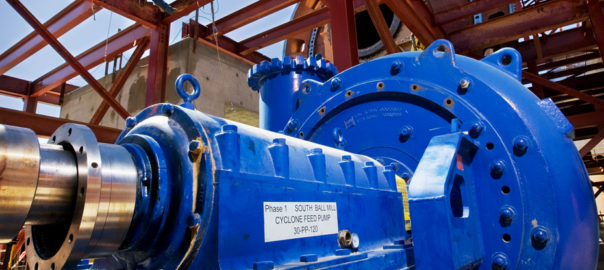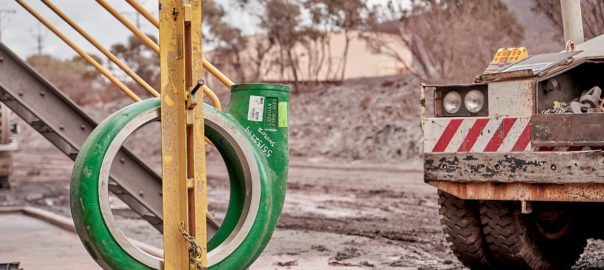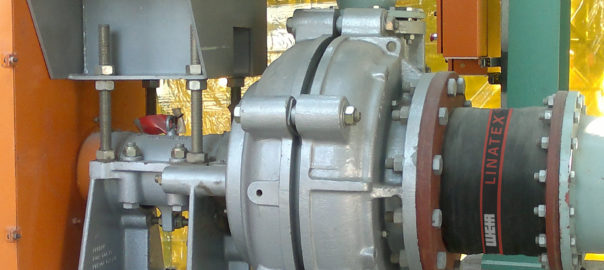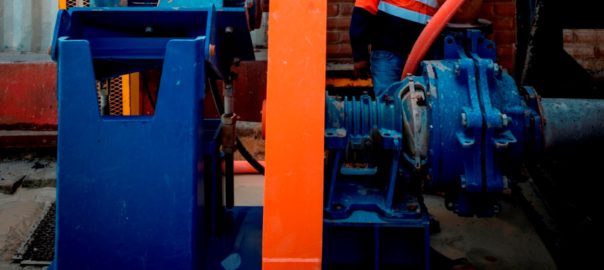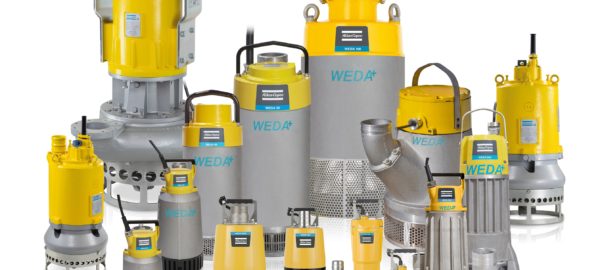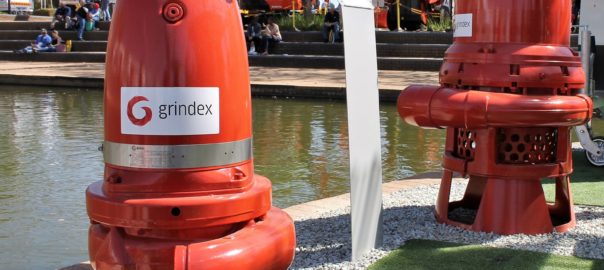GIW Industries says its recent success with a customer at a Panama copper mine bodes well for the future of copper mining in Central America and the pump manufacturer’s potential for business in this area and beyond.
The Panama copper mine customer needed to ensure continuous and efficient operation of its mine and, according to GIW, was looking for a dependable partner with experience in the market, a good track record in similar applications and excellent technical support.
Reliable parts supply was at the top of the priority list, GIW said, while it also needed a company that could help solve their system challenges and offer continuous improvements.
GIW said: “The customer was familiar with GIW’s success in Chile with the MDX-750 slurry pump and wanted to achieve the same performance.”
GIW supplied a customised MDX-750 pump – one of the world’s the largest mill pumps – featuring all the latest slurry handling technology, it said. In addition to GIW’s long-lasting wear materials, the company included technology to allow the company to monitor vibrations and check the temperature of the bearings.
The company added: “GIW design engineers converted our traditional imperial threads to metric, and all seal configurations have been customised to the customer’s specifications. In the future, the customer will have the capability to test the oil quality and assess parts’ wear life. They also have the ability to optimise their pump by adding GIW’s remotely adjusted mechanical suction liner (RAMSL) feature.”
The RAMSL function allows for efficient pump operation in aggressive wear applications, according to GIW.
Benefits of the MDX pump include increased output, reduced downtime and easier maintenance, the company says. This increased efficiency and a longer wear life results in a lower total cost of ownership.
This success is an example of GIW’s ability to provide reliable service around the world, it said, with GIW collaborating with its parent company’s (KSB) teams in Australia and Central America to coordinate the engineering and delivery of the pumps to site.







